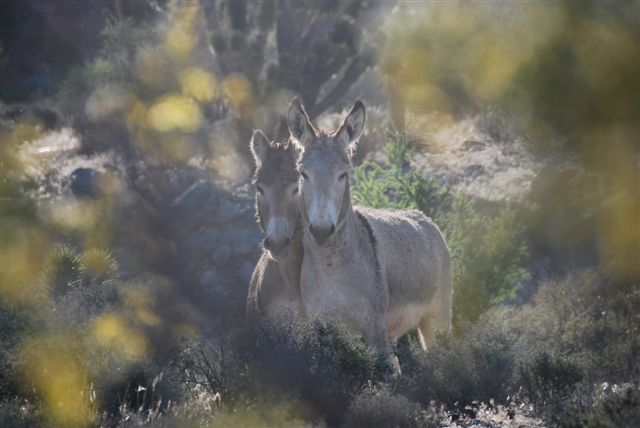About the Program
The Bureau of Land Management created the Wild Horse and Burro Program to implement the Wild-Free Roaming Horses and Burros Act, passed by Congress in 1971. Broadly, the law declares wild horses and burros to be "living symbols of the historic and pioneer spirit of the West" and stipulates that the BLM and the U.S. Forest Service have the responsibility to manage and protect herds in their respective jurisdictions within areas where wild horses and burros were found roaming in 1971.
To maintain wild horses and burros in good condition and protect the health of our public lands, the BLM must manage the population growth of wild horse and burro herds. Without natural population controls, such as predation, herds can increase at a rate of up to 20 percent annually, doubling in size in just 4 to 5 years, if not appropriately managed. Population control must be implemented to protect scarce and fragile resources in the arid West and ensure healthy animals.
To carry out this mission, the BLM controls herd growth through the application of fertility measures, such as birth control, and through the periodic removals of excess animals and the placement of those animals into private care.
Learn more about the Wild Horse and Burro Program:

